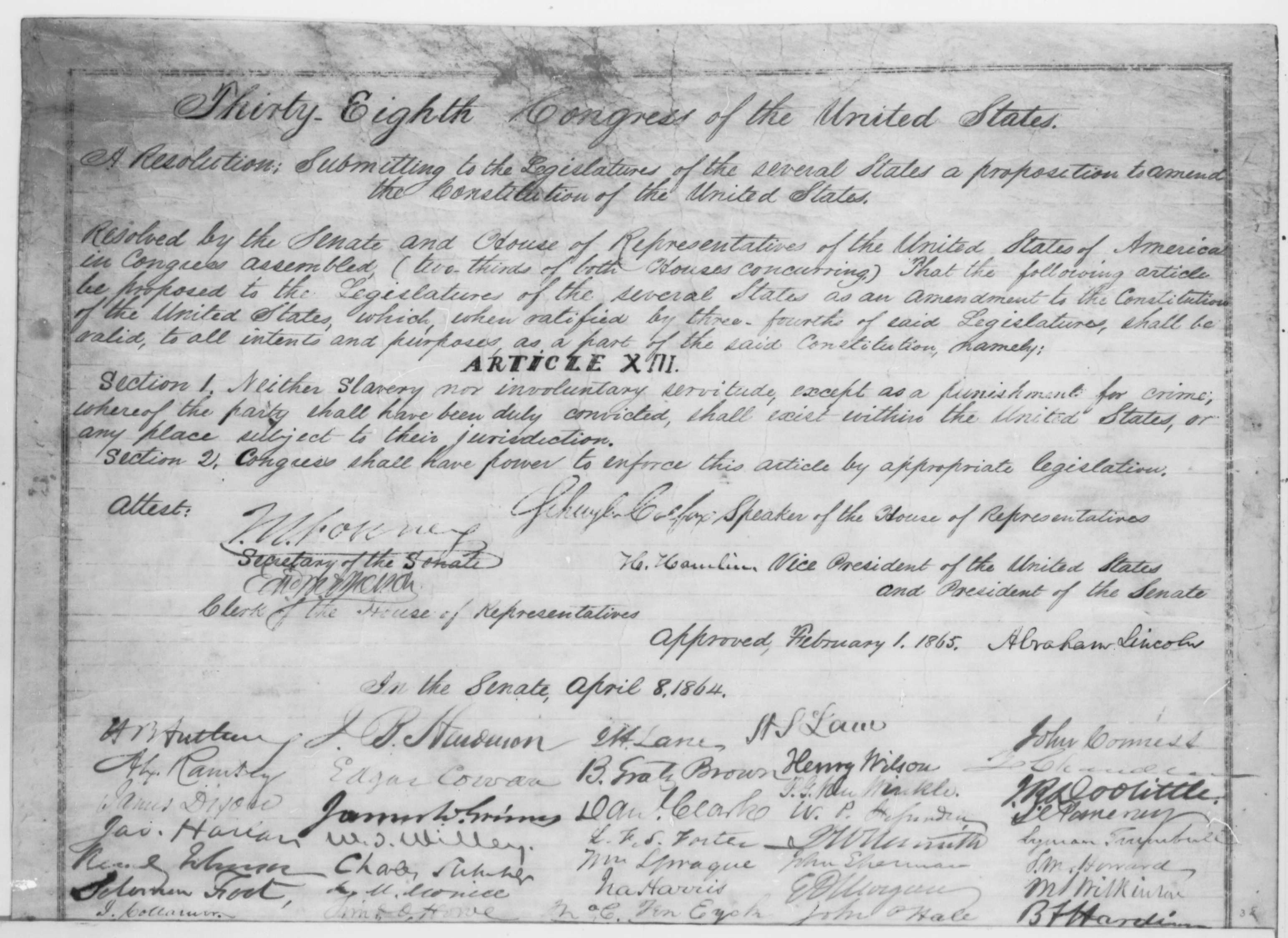Strikes on Railroads??
The railroad strike in 1877 were during the gilded ages. The strike took place in West Virgina. The reason behind the strike , was due to the cut in wages for the second time in a year by the Baltimore & Ohio Railroad. In order to help, these railroads to proceed in running, the state military tried their best to restore the train services. However this was not possible because the military soldiers did not want to work against the people who were already on strike.
This led to a negative fall back of the strike, the strike slowly moved towards Baltimore which caused serious violent street battles between the strikers and the Military of Maryland. Moving along the states the strike spread out to the Midwest. Here , in the state of St. Louis, the violence was in control for a week by the St.Louis Military. Certain issues depicted fights between strikers and the police. By the time the strike was over with, nearly a 100,00o people had been dead. In the end there was very little gains, due to the fact that there was a enforcement on the iron rule on the workers and it made it very difficult to organize.

























